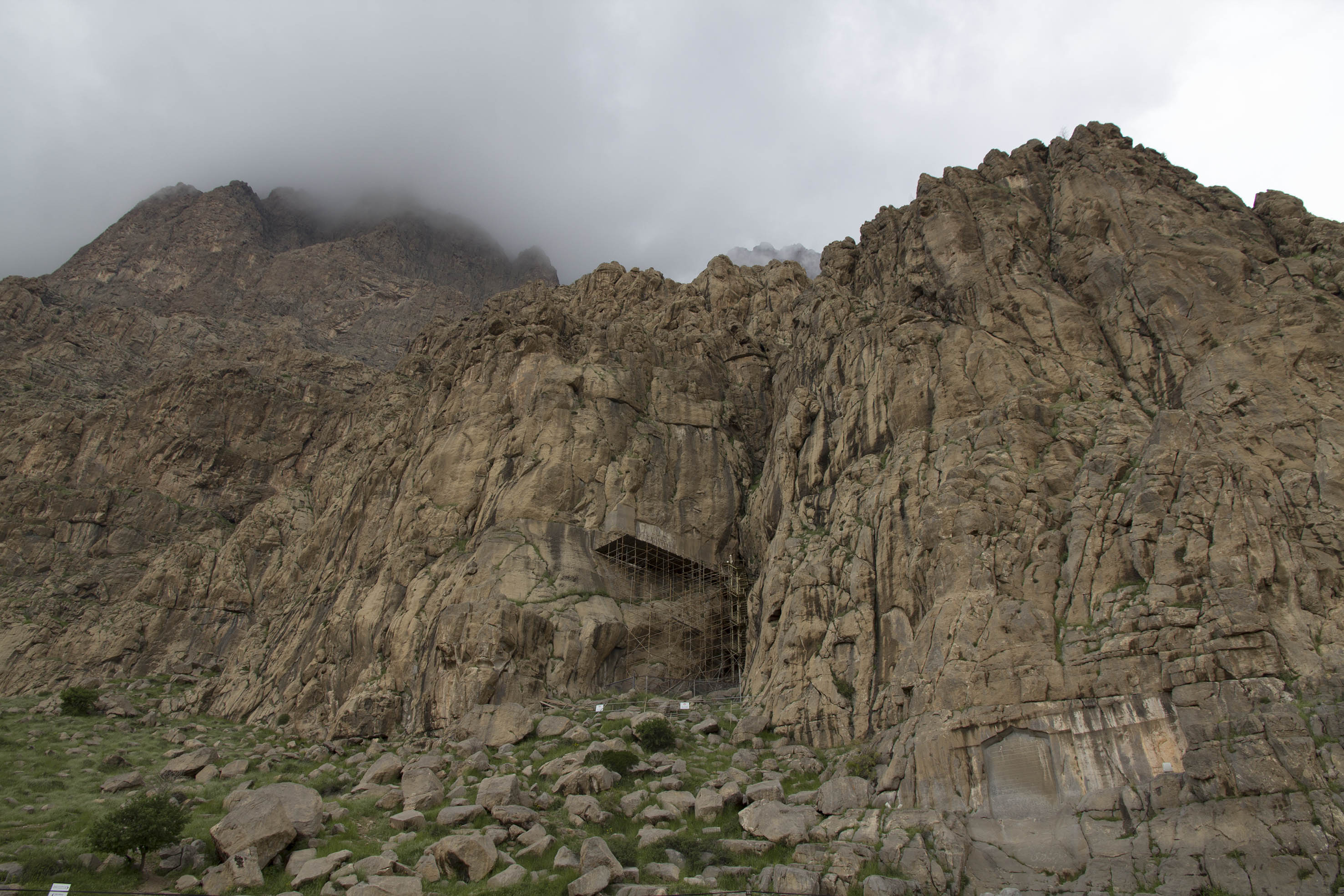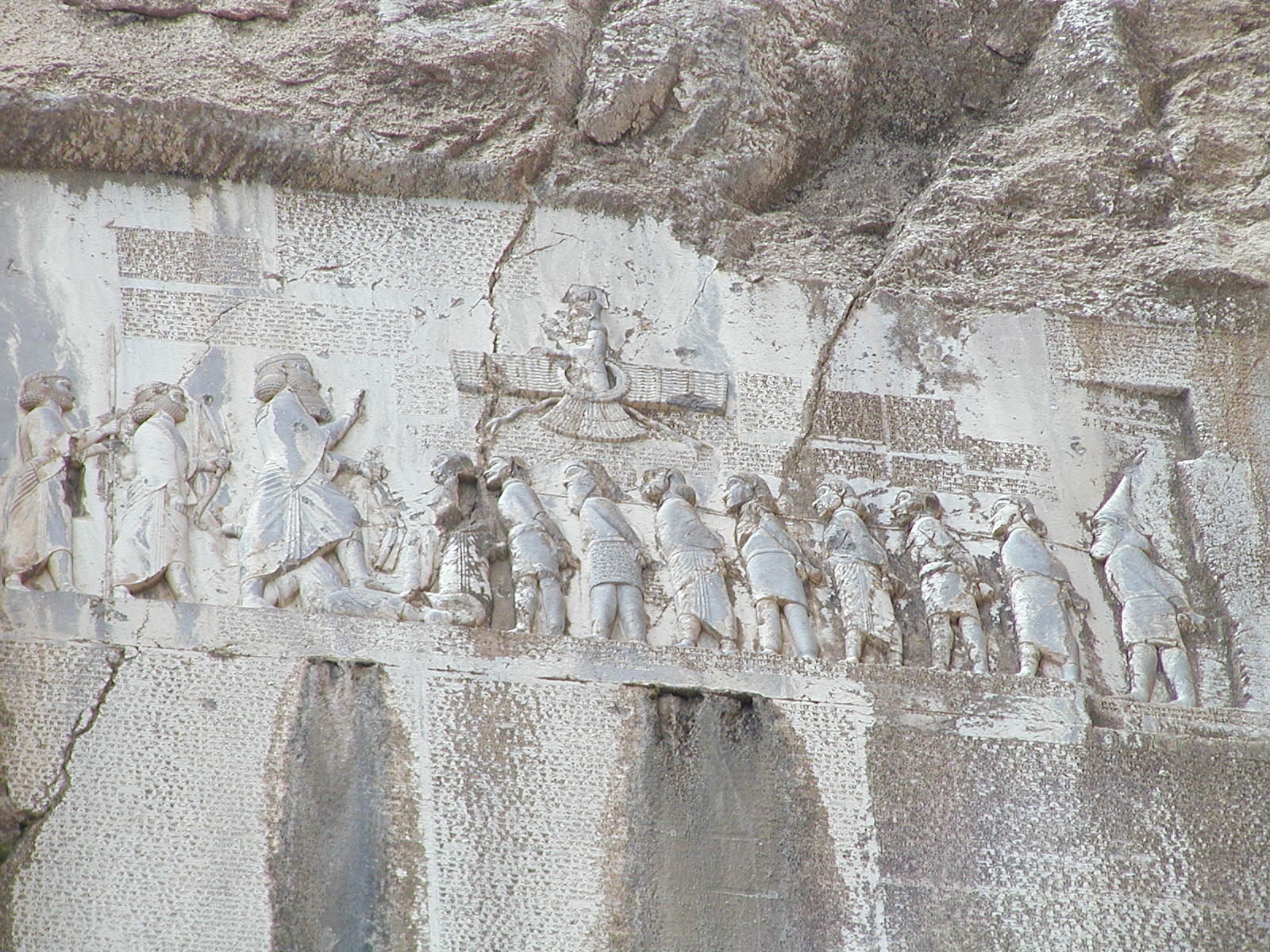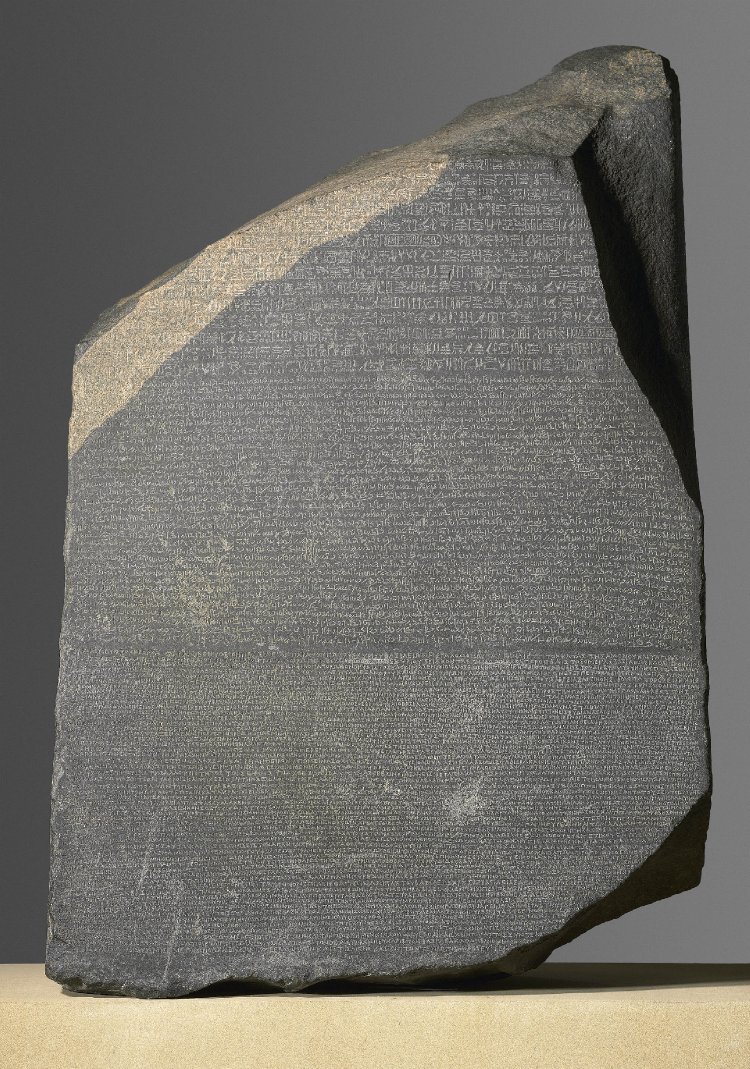The Bisitun (or Behistun) inscription is a monumental rock inscription in the Zagros mountains, near modern day Kermanshah (Iran). It was written at the behest of Darius I, king of the Achaemenid Empire, in ca. 520 BCE. When one visits the inscription today, not much can be seen of the text or accompanying relief; and few would guess how important this inscription was and is for Achaemenid Studies – as well as for the field of Assyriology as a whole. The present article therefore serves as a brief introduction to the Bisitun inscription’s historical importance.
So, what is so special about this monument?
First of all, the Bisitun inscription is the longest royal inscription that we have from the Achaemenid Empire (ca. 550 – 330 BCE). It was made to commemorate Darius’s accession to the throne in 522 BCE – Darius being a man who had no direct blood relation to the preceding Persian kings. The inscription tells us about the court intrigues which preceded Darius’ rise to power, the empire-wide rebellions that broke out upon his coronation, and the brutal ways in which he crushed the opposition (which ranged from simply killing the rebel kings, to mutilating their bodies and impaling them near capital cities). In other words, it provides us with rich historical information on some of the earliest days – and crises – of the Empire.

Secondly, the Bisitun inscription was written in three different languages: Elamite, Babylonian and Old Persian. Most scholars think that the Elamite text was the first to be inscribed, after which the Babylonian and Old Persian versions were added in several different stages. Each language told the same story in an almost identical way, however. In doing so, the Bisitun inscription became the first Achaemenid trilingual. Additionally, it became the first inscription which made use of the Old Persian language and script. It is even probable that the Old Persian script – a simplified form of cuneiform script – was invented specifically for the occasion. Just take a moment to take that in: an entirely new script was created in one go. We can only imagine how much time, (wo)men and scholarly discussions that would have taken.

Thirdly, later Achaemenid inscriptions followed the example set by the Bisitun inscription: most of them were written in not one but three languages (always Elamite, Babylonian, and Old Persian). Eventually, this monumental trilingualism was imitated and adopted by other dynasties. Think, for example, of the famous Rosetta Stone from Egypt (196 BCE): it was written in three different scripts (hieroglyphs, demotic and Greek), an element which may well have been inspired by earlier Achaemenid examples. No one would have guessed back then that this feature would be of the utmost importance for much later European scholars: the fact that the Rosetta stone told the same story in three different scripts, one of which – Greek – was well known, greatly facilitated the decipherment of ancient Egyptian in the nineteenth century CE.

This brings us to our fourth and final point: the Bisitun inscription is often called “the Rosetta Stone” of Assyriology. The reason is that once scholars had managed to decipher the Old Persian script in the early nineteenth century, this script provided the key for the decipherment of Elamite and Babylonian in the years that followed – just as Greek did for the decipherment of hieroglyphs and demotic. The portrayal of the Bisitun inscription as a Rosetta Stone is only partially correct, however: though the Bisitun inscription played an important role in the decipherment, the dozens of other Achaemenid trilingual inscriptions – especially those on the walls of Persepolis (see the article “Traders, Travellers, Treasure hunters”) – provided the first real “keys.” In other words, it was the entire corpus of Achaemenid trilinguals – rather than just the Bisitun inscription – that allowed modern scholars to decipher the different cuneiform scripts. Nevertheless, without the Bisitun inscription, those later trilinguals may never have existed – so one may be excused to attribute some extra importance and attention to the former.
The decipherment of cuneiform (and hieroglyphs) opened up a whole new world for historians of antiquity. Suddenly, the ancient civilizations of the Near East could be studied on the basis of native and contemporary texts – rather than on the basis of (much later) Greek and Biblical accounts. That is something to remember if you ever decide to visit the Bisitun inscription. Not many rock inscriptions out there can claim to be as important for the study of antiquity as the Bisitun inscription can.
Bibliography
- Bae, C-H. 2001: Comparative Studies of King Darius’s Bisitun Inscription (PhD Dissertation), Cambridge MA.
- Cathcart, K.J. 2011: “The Earliest Contributions to the Decipherment of Sumerian and Akkadian”, Cuneiform Digital Library Journal 1, 1-12.
- Daniels, P.T. 1994: “Edward Hincks’s Decipherment of Mesopotamian Cuneiform”, in K.J. Cathcart (ed.), The Edward Hincks Bicentenary Lectures, Dublin, 30-75.
- Daniels, P.T. 1996: “Methods of Decipherment”, in P.T. Daniels and W. Bright (eds.), The World’s Writing Systems, Oxford, 141-159.
- Finn, J. 2011: “Gods, Kings, Men: Trilingual Inscriptions and Symbolic Visualizations in the Achaemenid Empire”, Ars Orientalis 41, 219-275.
- Kuhrt, A. 2007. The Persian Empire: A Corpus of Sources from the Achaemenid Period, New York, 135-157.
- Larsen, M.T. 1997: “Hincks versus Rawlinson: The Decipherment of the Cuneiform System of Writing”, in B. Magnusson, S. Renzetti, P. Vian and S.J. Voicu (eds.), Ultra Terminum Vagari: Scritti in onore di Carl Nylander, Rome, 339-356.
Author: Uzume Wijnsma
Published on 1 June 2019
